

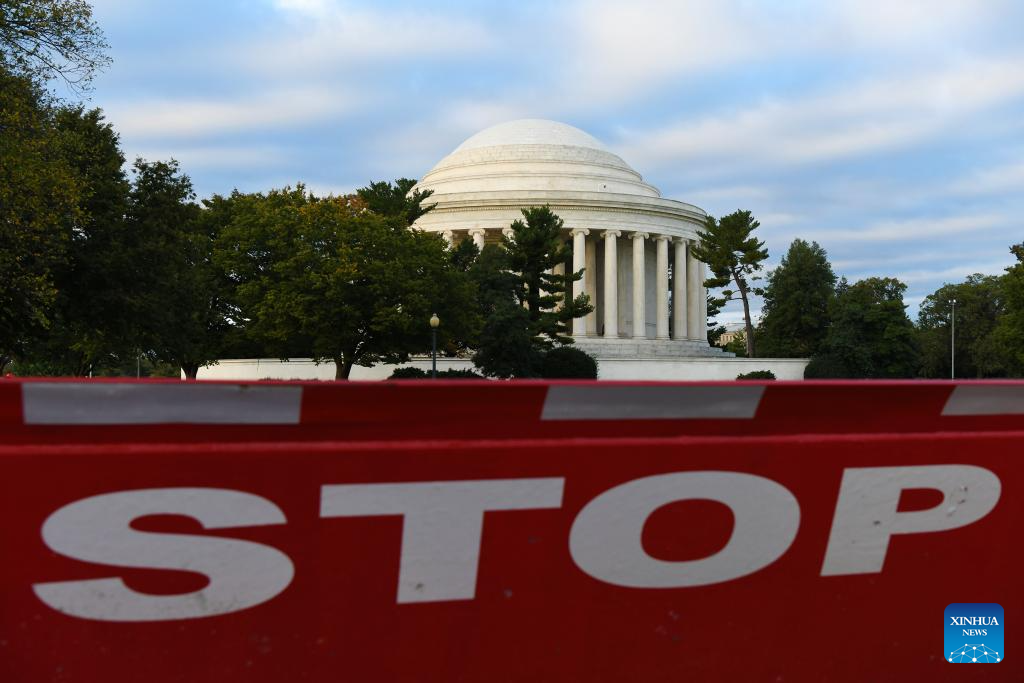
A stop sign is seen in front of the Thomas Jefferson Memorial in Washington, D.C., the United States, on Oct. 14, 2025. As the U.S. federal government shutdown stretches into its third week, Treasury Secretary Scott Bessent warned that the closure is already beginning to weigh on the real economy. (Xinhua/Li Rui)
WASHINGTON, Oct. 14 (Xinhua) -- As the U.S. federal government shutdown stretches into its third week, Treasury Secretary Scott Bessent warned that the closure is already beginning to weigh on the real economy.
"This is getting serious. It's starting to affect the real economy," he told Fox Business on Monday, without providing further details.
Bessent added that the government has been forced to "shuffle things around" in order to ensure military pay, leading to delays or suspensions of payments to other federal employees and services, including the Smithsonian museums and the National Zoo. He also confirmed that workers are being furloughed nationwide.
On Oct. 1, the first day of the shutdown, consultancy EY-Parthenon estimated that each week of closure would trim about 0.1 percentage point from quarterly U.S. GDP, equivalent to roughly 7 billion U.S. dollars in losses, while Politico, citing a White House memo, reported that the weekly economic hit could reach 15 billion dollars, potentially resulting in 43,000 additional job losses if the shutdown persists.
The Senate is due to reconvene on Tuesday and vote again on a House-passed funding measure. But it has already fallen short of the 60-vote threshold seven times. Senate Republicans have tried to win Democratic support, yet largely failed.
The political stalemate centers on disputes over health insurance subsidies under the Affordable Care Act -- Democrats insist they must be preserved, while Republicans demand the government be reopened first.
House Speaker Mike Johnson told reporters on Monday that he would not negotiate with Democratic lawmakers until they dropped policy demands on healthcare.
Accusing Democrats of "hostage-taking" with their posture in the government shutdown, Vice President JD Vance on Sunday said, "We don't negotiate with a person who has taken the entire federal government hostage over a health care policy dispute."
Public sentiment is fracturing on the deadlock. A poll led by Reuters and Ipsos last week showed that 67 percent of Americans place significant blame on Republicans, compared with 63 percent on Democrats.
As the impasse between the Democrats and Republicans drags on with no end in sight, the Trump administration has activated large-scale layoffs across federal agencies, including Commerce, Education, Energy, Health and Human Services and Treasury.
According to USA Today, nearly 750,000 federal employees have been furloughed and ordered not to report to work. Others, including military personnel and air traffic controllers, are required to continue working without pay until a budget deal is reached.
The U.S. government has experienced 15 shutdowns since 1980. Triggered by Democrats' opposition to Trump's proposed funding for the U.S.-Mexico border wall, the previous 35-day shutdown from 2018 to 2019, the longest in U.S. history, forced some 800,000 federal employees to work without pay or take unpaid leave.
"We're barreling toward one of the longest shutdowns in American history," warned Johnson, who leads Republican lawmakers, as the current standoff shows little sign of resolution. ■
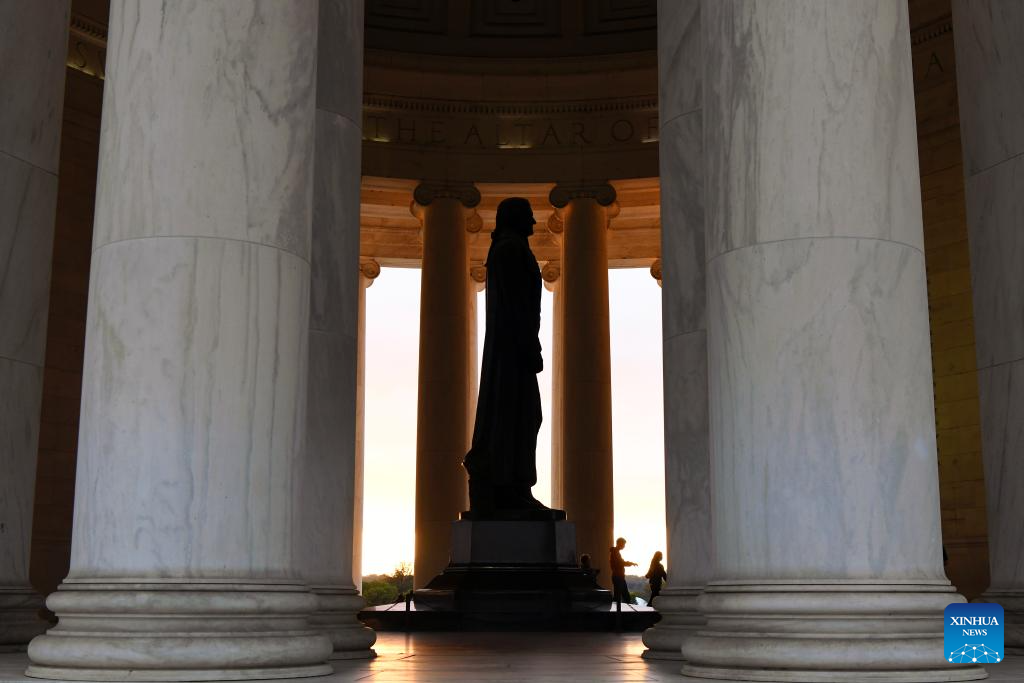
People visit the Thomas Jefferson Memorial in Washington, D.C., the United States, on Oct. 14, 2025. As the U.S. federal government shutdown stretches into its third week, Treasury Secretary Scott Bessent warned that the closure is already beginning to weigh on the real economy. (Xinhua/Li Rui)

This photo taken on Oct. 14, 2025 shows the Washington Monument at sunset seen through the Thomas Jefferson Memorial in Washington, D.C., the United States. As the U.S. federal government shutdown stretches into its third week, Treasury Secretary Scott Bessent warned that the closure is already beginning to weigh on the real economy. (Xinhua/Li Rui)
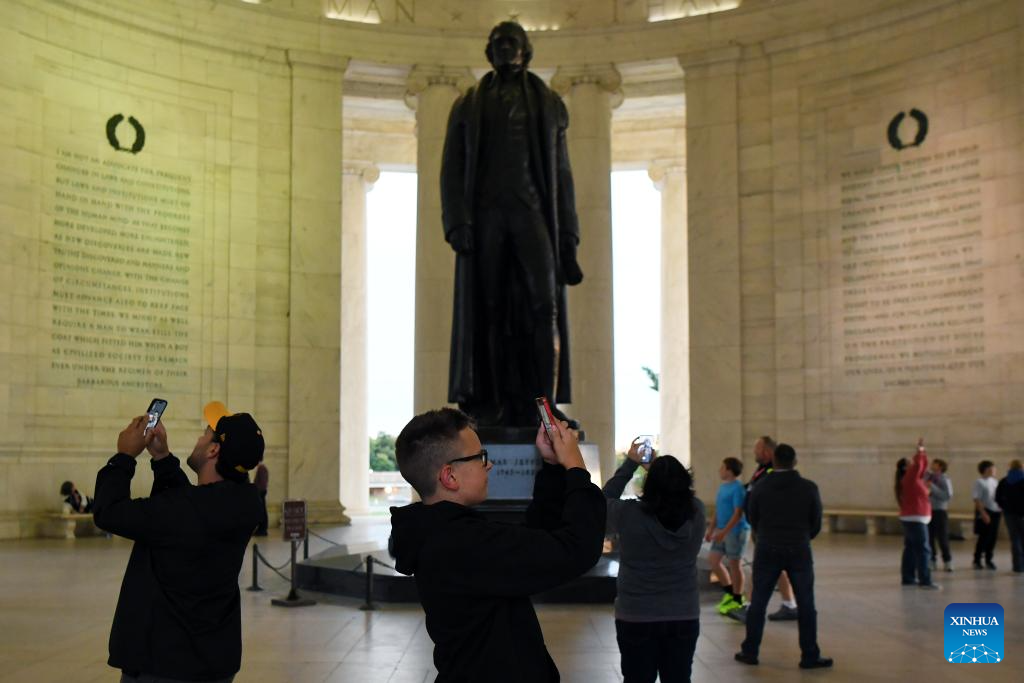
People visit the Thomas Jefferson Memorial in Washington, D.C., the United States, on Oct. 14, 2025. As the U.S. federal government shutdown stretches into its third week, Treasury Secretary Scott Bessent warned that the closure is already beginning to weigh on the real economy. (Xinhua/Li Rui)
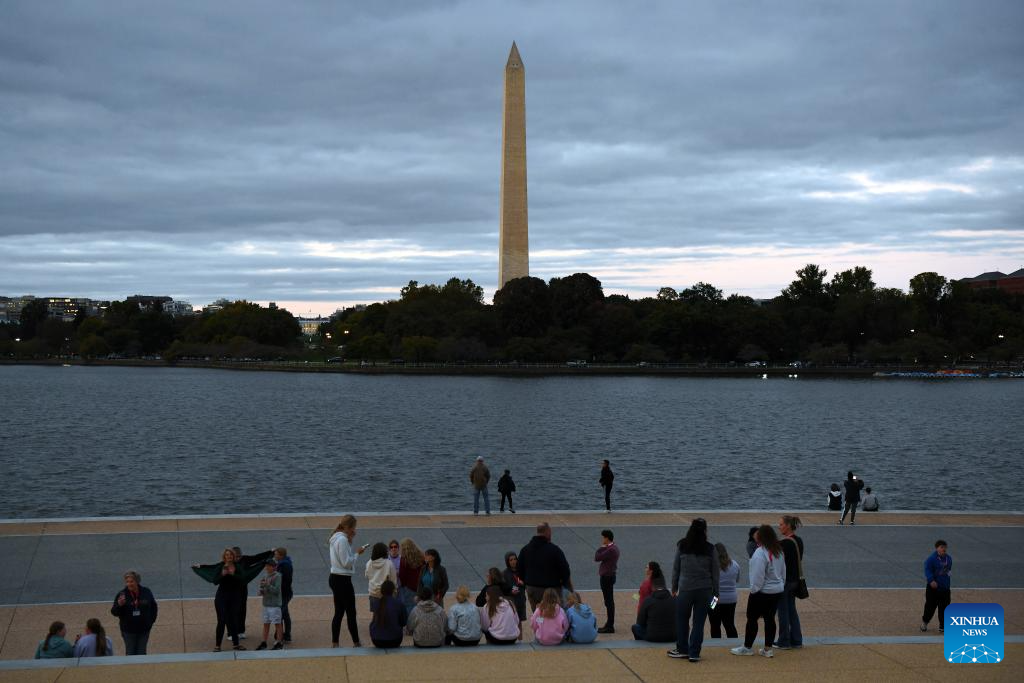
People gather in front of the Thomas Jefferson Memorial in Washington, D.C., the United States, on Oct. 14, 2025. As the U.S. federal government shutdown stretches into its third week, Treasury Secretary Scott Bessent warned that the closure is already beginning to weigh on the real economy. (Xinhua/Li Rui)
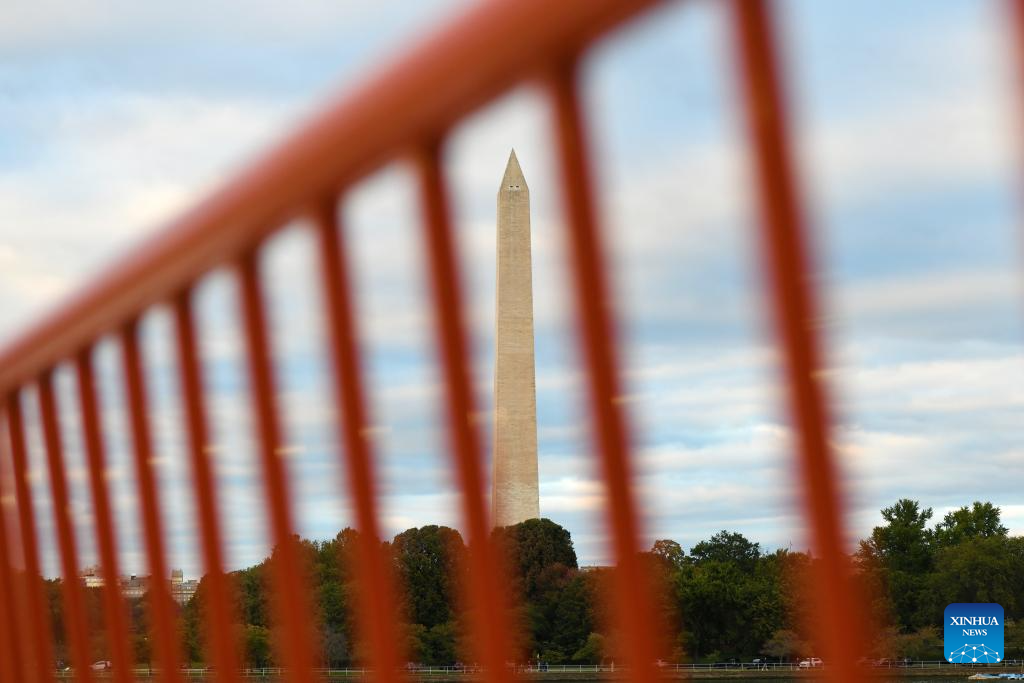
This photo taken on Oct. 14, 2025 shows the Washington Monument in Washington, D.C., the United States. As the U.S. federal government shutdown stretches into its third week, Treasury Secretary Scott Bessent warned that the closure is already beginning to weigh on the real economy. (Xinhua/Li Rui)
点击右上角![]() 微信好友
微信好友
 朋友圈
朋友圈

请使用浏览器分享功能进行分享
